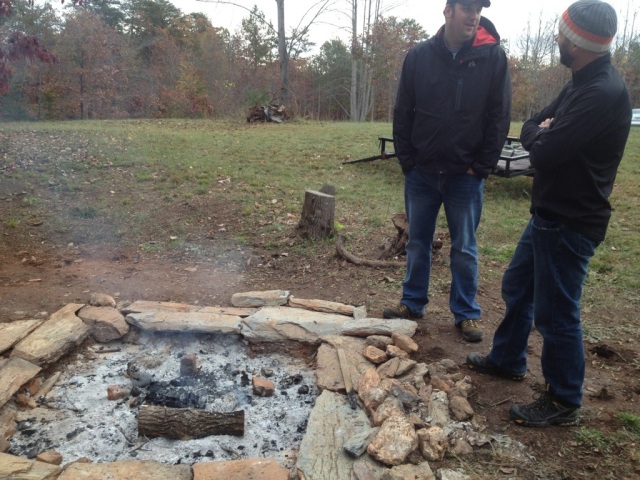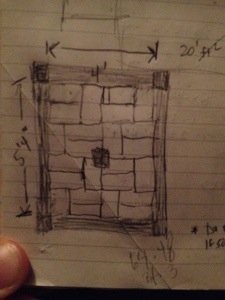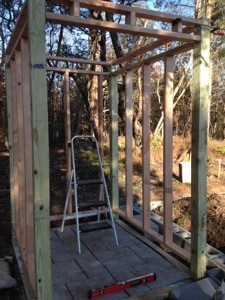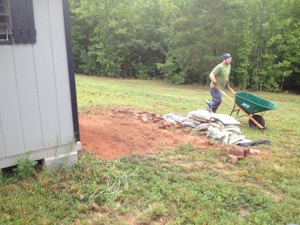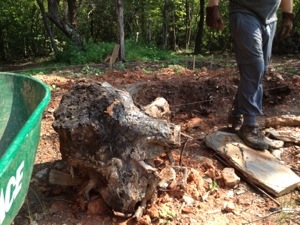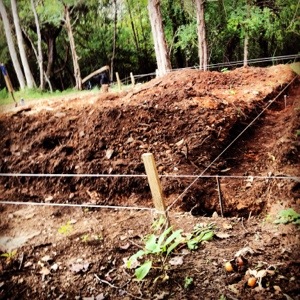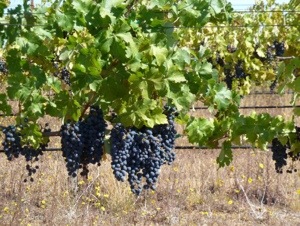 Disclaimer: We are not oenologists or formally trained viticulturalists, indeed, we are rank beginners. Hence, this is most certainly not an educational resource, but rather, a chronical of our own self-education.
Disclaimer: We are not oenologists or formally trained viticulturalists, indeed, we are rank beginners. Hence, this is most certainly not an educational resource, but rather, a chronical of our own self-education.
We are at the stage where we have about 2-3 months to place our order for grape vines for our first planting. We are starting super-small, 1/3 of an acre, which we understad to be the smallest block one can plant to ultimately produce a barrel of wine. We have two main decisions to make: 1) varietal selection, and 2) clonal selection. These being like two knobs to tune our vineyard, varietal being the coarse level or control, and clone being a finer level of control. Things we are looking for in a varietal/clone: vigor, climate preference, days to maturity, wine qualities, heat tolerance.
Factors influencing our choice of varietal for this first planting:
• ideas of “cool climate viticulture” suggest matching long ripening grapes with long growing season areas – we have average of greater than 175 frost-free days per year (based on the use of the term by Kees van Leeuwen in his 2009 article “Grapes are Terroir” in Tong Magazine)
• Varietals shown to be somewhat successful/suitable in our area
• Overall varietal vigor and soil fertility.
• The recommendations made to us by Jim Law after we spent time walking and digging our site.
Ultimately, we are rolling the dice with Cabernet Sauvignon, as we are guessing that it, due to its longer growing season (among other things) makes it more suitable to our fairly long season, and our low vigor, exceptionally well drained soil.
Clonal material is an interesting area, with continent of origin being one of the things we will narrow our choice by (or perhaps classify them by in our own minds). The two general sources we are looking at: north american (UC Davis FPS), and european (ENTAVR/INRA). We are early in our exploration of this topic, and give that no one has ever grown cabernet on our soils, we figure we will probably guess wrong, and that will be “tuition” and we welcome the mistakes! But for what it’s worth, here are some links, numbers and anecdotes:
The ENTAV/INRA clones:
• Source of certified plant material based in France, imported by a number of US nurseries.
• Some commonly used clones: 169 and 337
• A discussion of ENTAV clones in Wine Business
• The voice of experience: “337 is considered to be an earlier ripener, so I would put it on the cooler slope or soil than 169. You may also consider Riperia Gloire337 on the deeper soil and 169/i101-14 on the lighter soil. But I would plant both as the beginning of a life long experiment.” (Jim Law, PC 2012)
California Clones
• Foundation Plant Services, from UC Davis, clones prefixed with the abbreviation FPS
• Clone 06 has shown in multiple trials to have one of the lowest yields of any FPS cabernet clones, and to have lower pH
• Bell Cellars relates a brief history of clone 06 and their experience with it.
Stay tuned as we further explore the factors that we will weight in order to make our final WAG (Wild Ass Guess).
References:
• http://www.winegeeks.com/articles/137
• http://iv.ucdavis.edu/files/121462.pdf
• http://www.bellwine.com/education/clone-6/
• http://www.entav.com/ANG/index.htm





